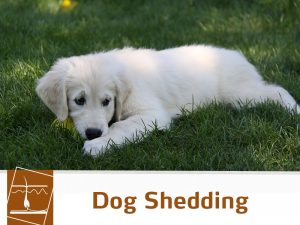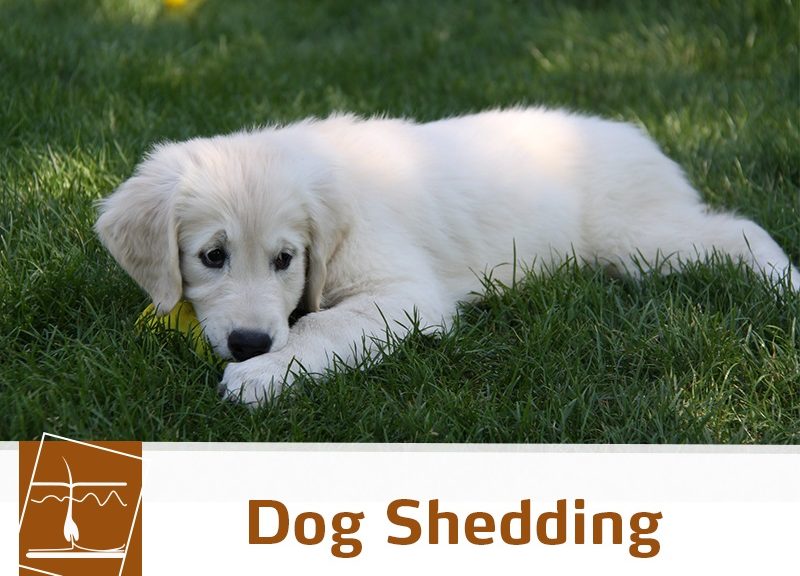
The main functions of a dog’s hair coat are to protect the skin and to help regulate temperature. Canine hair grows from hair follicles in the skin and these cycle during the entire lifespan of a dog.
The hair cycle can be divided in three different phases: an active growth phase, termed anagen, in which the hair reaches its genetically determined length; a transitional phase, named catagen, when the hair growth stops and degenerative changes occur in the base of the follicle; and a resting phase, called telogen, when a new anagen hair starts growing and the telogen hair is shed. Hair replacement tends to be mosaic in pattern, which means that over the same area of skin there will be hair follicles at all three stages of the hair cycle at the same time. The duration of each of these phases can vary according to the photoperiod, temperature, stress as well as the dog’s breed and nutritional status.
The photoperiod (the number of light hours in the day, natural or artificial) has a big influence in the hair cycle. In general, dogs shed at a slow steady rate all year round, with periods of increased shedding in the spring and fall, which can last for about a month. However, if your dog is kept primarily indoors he or she may shed more than usual, due to exposure to artificial light.
This cycle also varies among breeds. Poodles and breeds with similar coat types have an anagen dominated cycle, which means hair follicles are in anagen for long periods of time. Plush coated breeds such as the Chow Chow, Malamute and Pomeranian have telogen dominated hair cycles, which means the hair follicle spends long periods of time in the telogen phase.
Regular brushing is the best thing you can do to keep your home free of hair. Brushing will make your pet’s coat softer and cleaner. An appropriate diet is also really important, since the quality of a dog’s coat often reflects the quality of his food.
There are many diseases that can affect the skin and hair coat of your dog, so if you notice abnormal amounts of shedding or if you see hairless spots on your dog’s body you should take him or her to the vet!
Would you like to know more about dogs? Check our Canine Courses:
Canine courses
